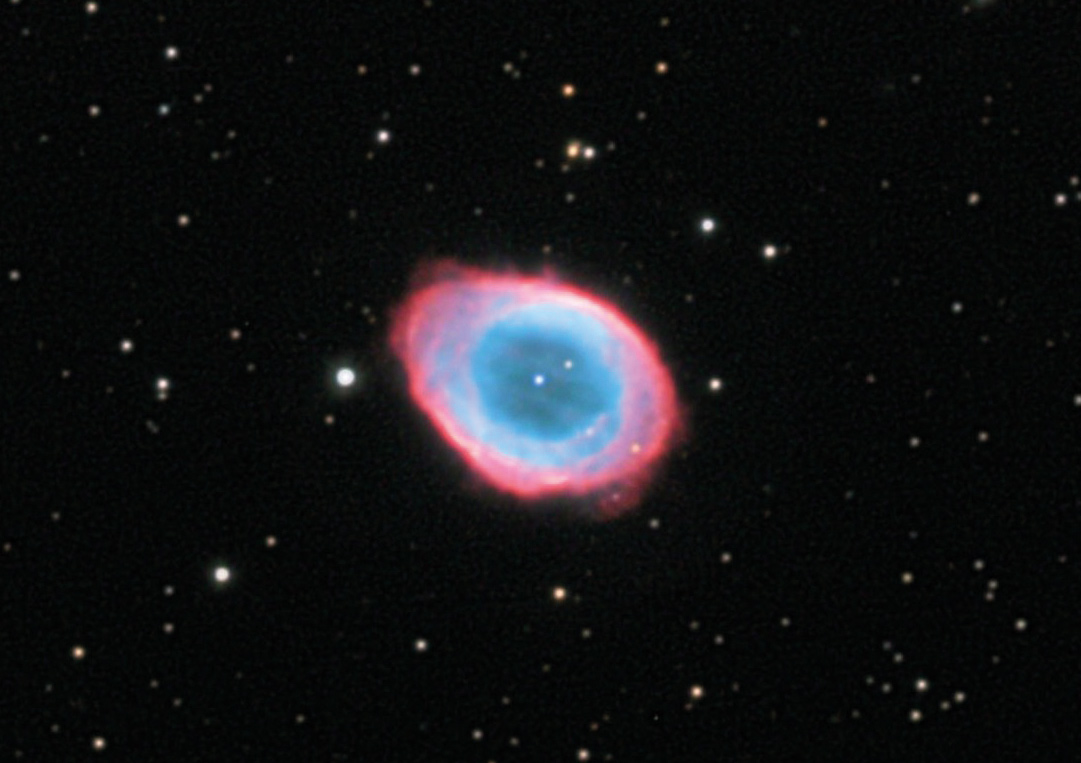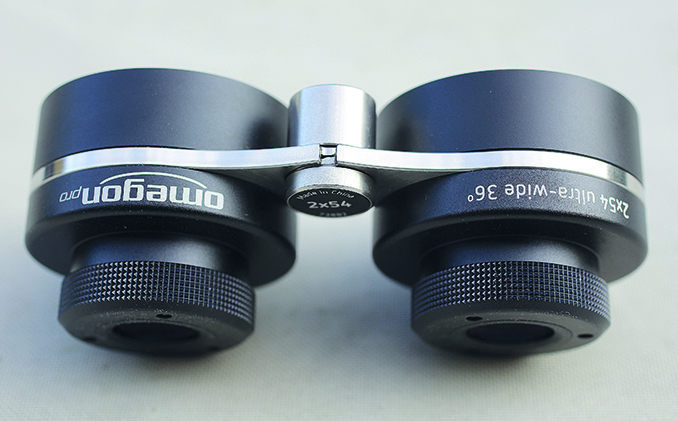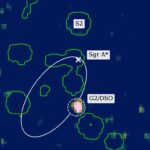Now Reading: June’s Strawberry Moon rises tonight. Here’s what to expect from the lowest full moon since 2006
-
01
June’s Strawberry Moon rises tonight. Here’s what to expect from the lowest full moon since 2006
June’s Strawberry Moon rises tonight. Here’s what to expect from the lowest full moon since 2006
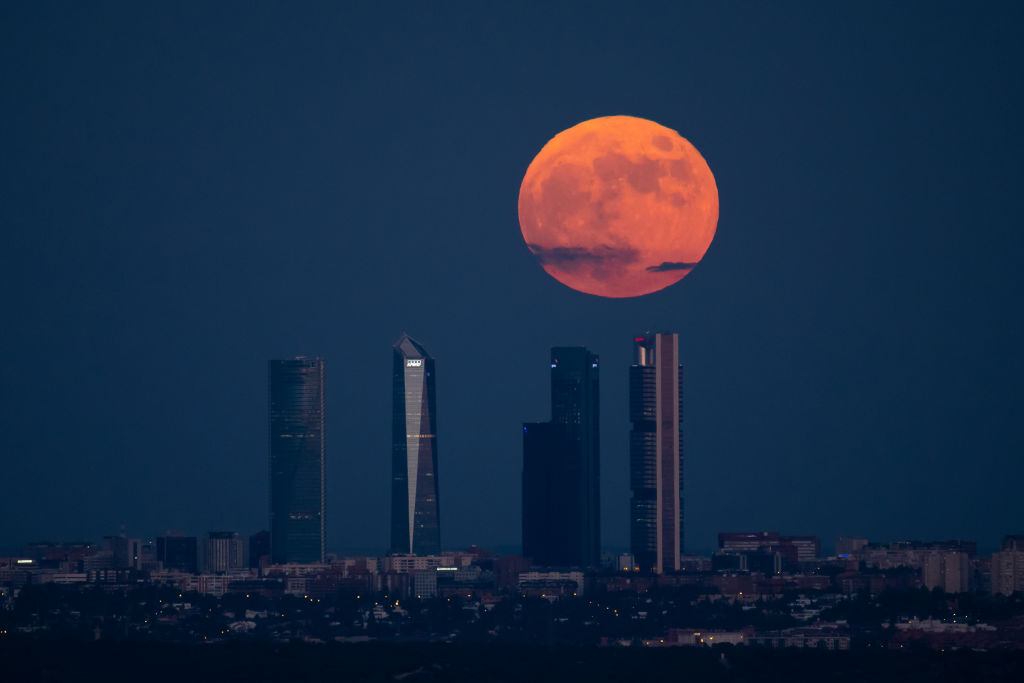
Look up — or rather, down — tonight to spot the lowest full moon in nearly two decades. This month’s full moon will ride low on the southern horizon thanks to an orbital phenomenon known as a major lunar standstill.
Called the “Strawberry Moon,” June’s full moon was named by the Algonquian, after the short fruit harvesting season that coincides with its appearance each year. The full moon phase technically occurs at 3:44 a.m. EDT (0744 GMT) on June 11 for viewers in New York, though its disk will appear completely lit when it rises above the southeastern horizon at sunset on June 10.
The lunar disk always appears larger at moonrise thanks to the “moon illusion,” a trick of the brain that makes Earth’s natural satellite appear larger than it actually is when it’s close to the horizon. The moon will also likely take on a yellow-orange hue, because our planet’s atmosphere scatters the shorter, blue wavelengths of the sun’s reflected light.
Read on to learn more about the moon’s orbit and how the major lunar standstill will affect the path of the Strawberry Moon through the night sky.
What is a lunar standstill?
The sun appears to travel through Earth’s sky along an imaginary line called the ecliptic, which is tilted 23.5 degrees relative to our planet’s celestial equator (the plane of Earth’s equator projected into space). The moon’s orbital path is also tilted at around 5 degrees to the ecliptic, which is why we don’t see an eclipse every time the moon passes close to the sun during its monthly new moon phase.
Our sun’s gravitational influence is constantly tugging on the moon, causing its tilted orbit to swivel in an 18.6-year cycle, according to the Griffith Observatory in Los Angeles. We are in the midst of a major lunar standstill — the two-year period of the lunar cycle when the moon’s tilted orbit is at its greatest inclination relative to the celestial equator.
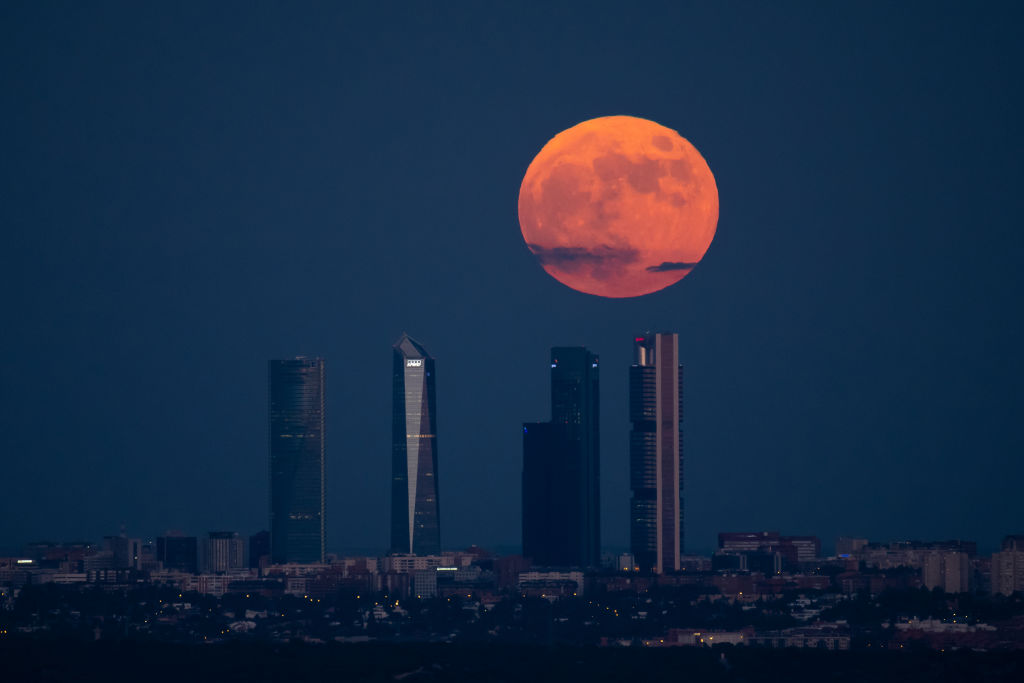
During this period, the moon rises and sets at more extreme positions on the horizon while riding very high or low in the sky, depending on the time of year. June’s full Strawberry Moon falls close to the Northern Hemisphere’s summer solstice, when the sun tracks its highest path above our heads and the lunar disk trudges a correspondingly low track through the night sky.
RELATED STORIES:
This year, the Strawberry Moon’s seasonally low altitude will be made more extreme by the “great lunar standstill,” resulting in the lowest full moon in over a decade, according to EarthSky.org. Indeed, the last time a major lunar standstill occurred was in 2006, and a similar event won’t happen again until 2043.
Editor’s note: If you capture a picture of the full moon and want to share your astrophotography with Space.com‘s passionate readers, please send the image(s), along with your name, comments and shooting location, to spacephotos@space.com.
Stay Informed With the Latest & Most Important News
Previous Post
Next Post
-
 012024 in Review: Highlights from NASA in Silicon Valley
012024 in Review: Highlights from NASA in Silicon Valley -
 02Panasonic Leica Summilux DG 15mm f/1.7 ASPH review
02Panasonic Leica Summilux DG 15mm f/1.7 ASPH review -
 03How New NASA, India Earth Satellite NISAR Will See Earth
03How New NASA, India Earth Satellite NISAR Will See Earth -
 04And Thus Begins A New Year For Life On Earth
04And Thus Begins A New Year For Life On Earth -
 05Astronomy Activation Ambassadors: A New Era
05Astronomy Activation Ambassadors: A New Era -
06SpaceX launch surge helps set new global launch record in 2024
-
 07Space Force plans new ‘Futures Command’ amid pressure to speed up modernization
07Space Force plans new ‘Futures Command’ amid pressure to speed up modernization















